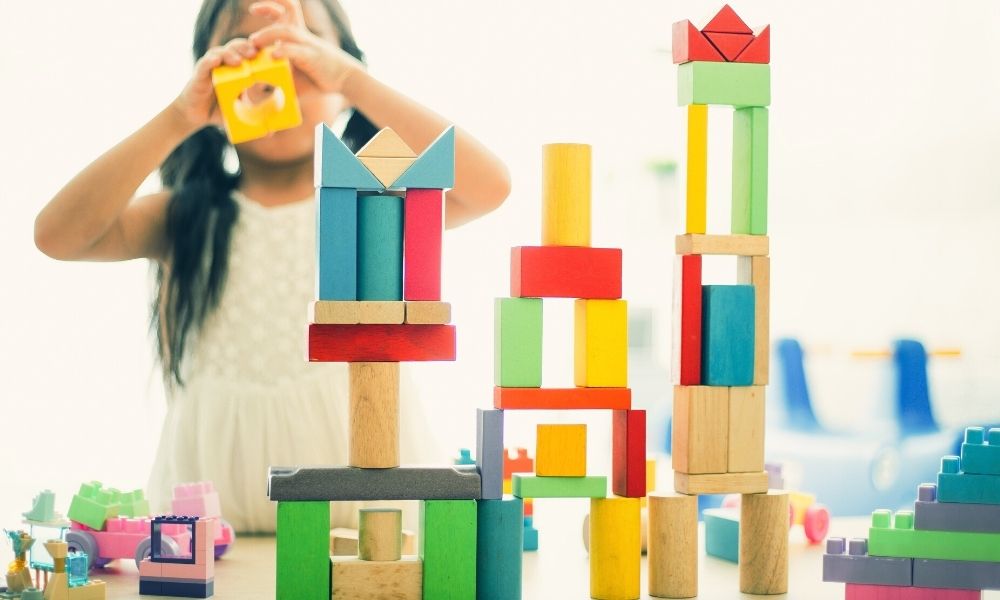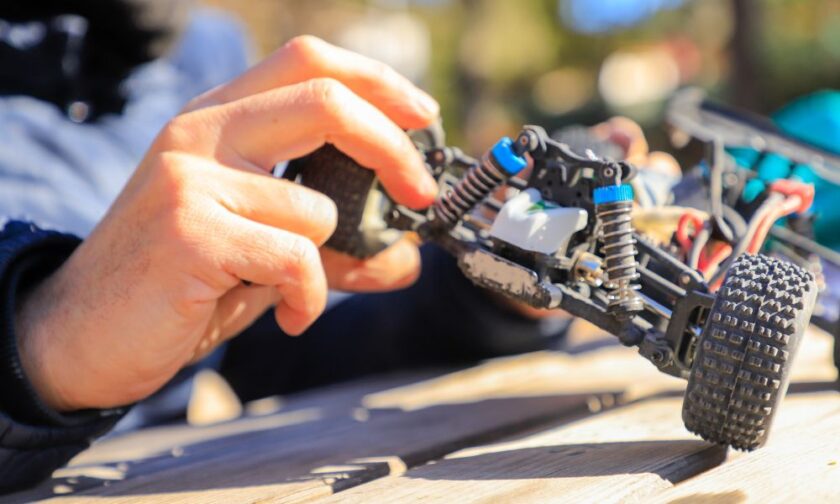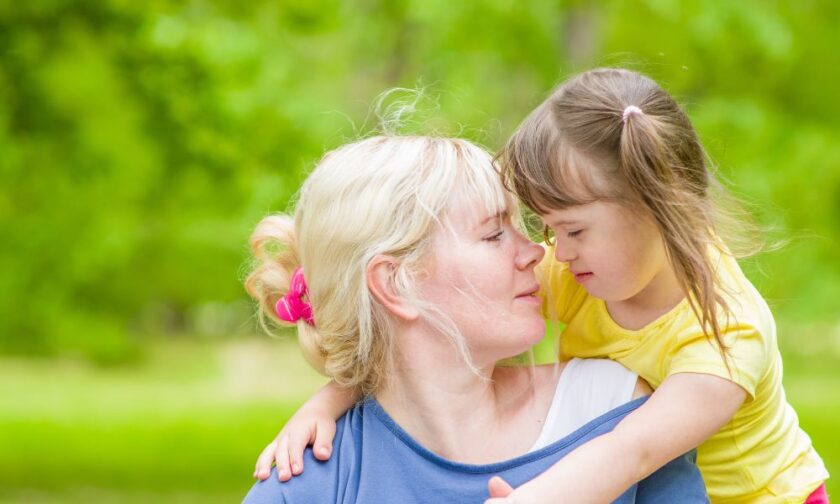Hand-eye coordination is the act of motor control and sight coordinated together. Both the eyes and hands receive brain messages coordinating their movements. While this is a natural phenomenon for people, some have better hand-eye coordination than others. Moreover, children with special needs may have less developed hand-eye coordination than their counterparts, especially if they have physical disabilities or an attention deficit condition. Either way, this guide on how to improve your child’s hand-eye-coordination can help.
Play Catch
There’s a reason parents play catch with their children at an early age: It helps them learn to connect sight and touch. While playing catch, children use their eyes and hands to catch the ball or object thrown at them. It’s the quintessential activity to improve their hand-eye coordination as it works every mechanism involved. Catch doesn’t have to involve two people, either, although it’s good to connect with your child this way. If you’re a busy working parent, show them how to play catch against the wall or toss it in the air. Either way, they’ll be improving their sight and motor skills for long-term use.
Arts and Crafts
They can also perform different arts and crafts to work the same mechanisms. For instance, drawing, painting, sewing, threading, and similar activities are great ways to do this. Coloring books offer a great exercise—encourage your child to color within the line to the best of their ability. While you should always encourage their artistic freedom with their work, by coloring inside the lines, they’ll practice following directions and the hand-eye motor skills necessary for the appropriate utensil strokes. Even better, when they reach five years or older, sewing and knitting require more precise attention to detail and steadiness, thus making them perfect activities to practice stability and control.
Puzzles and Games
Puzzles and games are exceptional activities for improving your child’s hand-eye coordination. They require attention, detail, and patience. Puzzles can be incredibly beneficial activities for children with autism, OCD, or ADHD, as they force the brain to focus and think of future steps. Tabletop games, card games, and videogames promote these skills, too. Assuming your child is at an appropriate age for these games, they can improve their cognitive function, memory, and hand-eye motor system, given the multifunctionality involved.
Building Blocks
It might be intimidating to train toddlers with special needs, but building blocks can help. Toy blocks are plastic, foam, or wooden blocks designed in various shapes—cylinders, cubes, arches, etc.—as construction toys. Building block toys go back to the 16th century and remain one of the most popular children’s activities today. This is because they have physical, social, intellectual, and creative benefits. Toy blocks improve children’s hand strength and hand-eye coordination. They also encourage social play with others through creative outlets. Children can even learn about physics and math through these toys—concepts like gravity, balance, geometry, shapes, grouping, free fall, and more.
Hobby-Centric Practice Kits
Finally, hobby-centric practice kits improve hand-eye coordination, too. Like the other ideas on this list, these encourage attention and focus on fine motor skills. Whether it’s building model cars, airplanes, train sets, lockpicking kits, or other physical activities, these push for steadiness and patience. Your child may mess up and become frustrated, but it can teach them the importance of practice and trying again. With each new attempt, they’ll have a better understanding of what works and what doesn’t.






